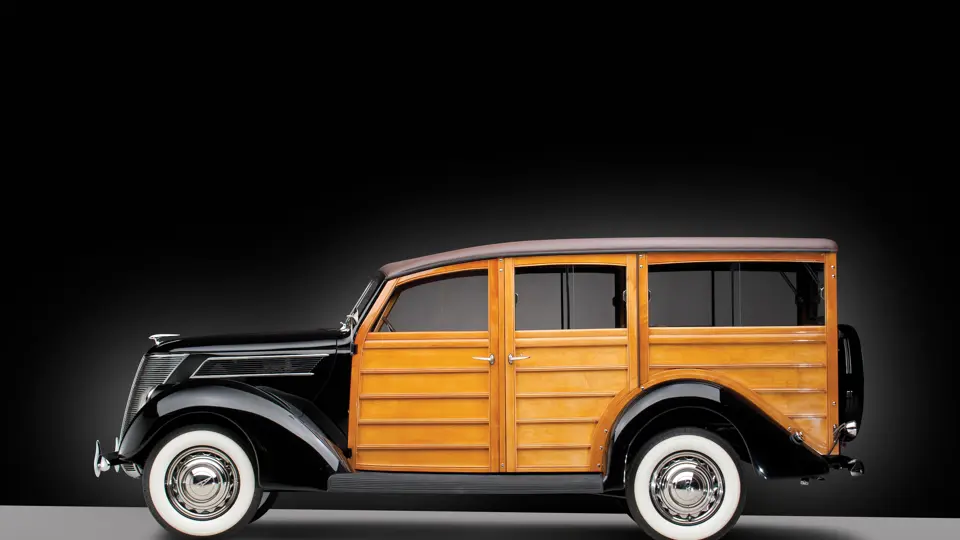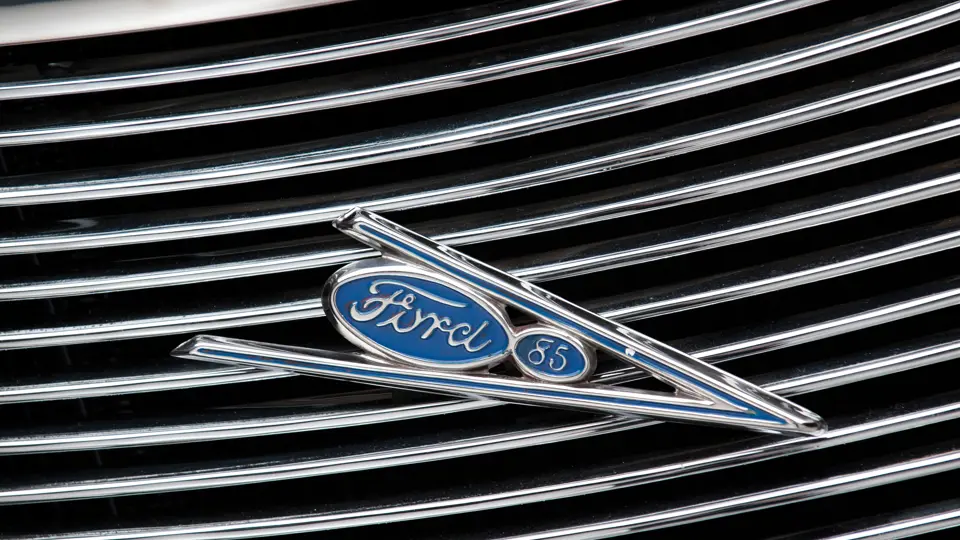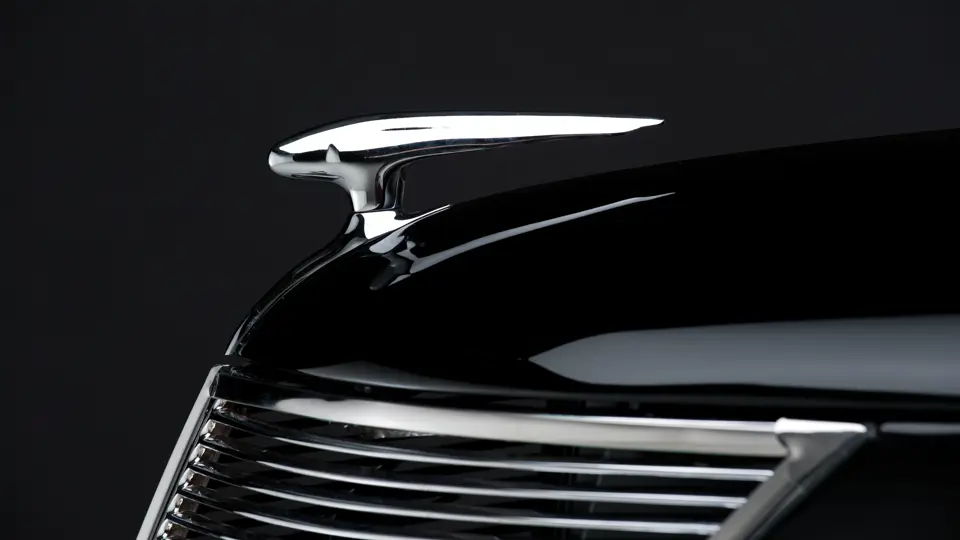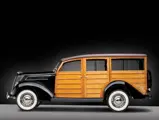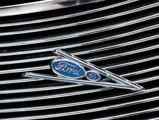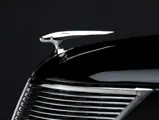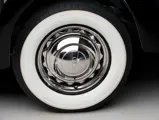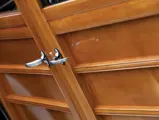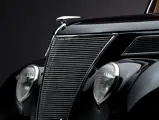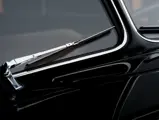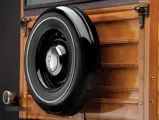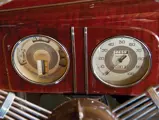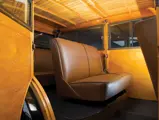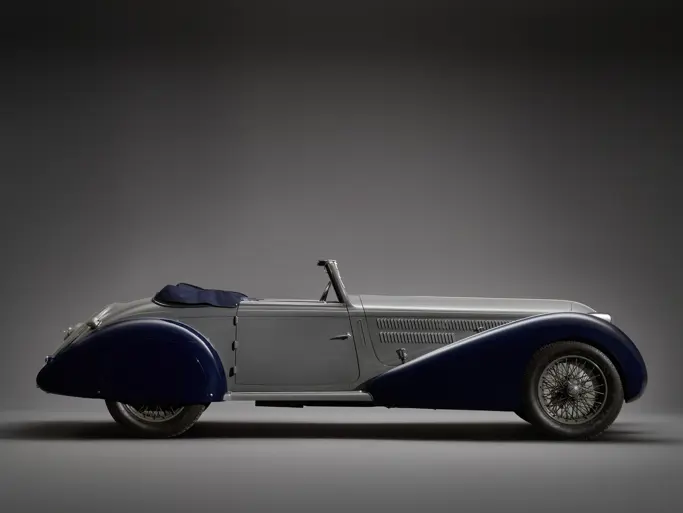MODEL 78. 85 bhp, 221 cu. in. L-head V-8 engine, three-speed manual transmission with Columbia overdrive, solid front axle and live rear axle with transverse semi-elliptic leaf springs, and four-wheel mechanical drum brakes. Wheelbase: 112"
The Ford Motor Company of Canada Ltd. was the first of Henry Ford’s operations outside the United States, chartered in Ontario on August 17, 1904. Production soon began on a one-acre site in Walkerville, part of Windsor, Ontario, across the river from Detroit. Most U.S. models of Fords were also made in Canada, for tariff reasons, although low-production variants were often imported from Dearborn, Michigan. Over time, more and more Canadian content crept into Walkerville-built Fords. The flathead V-8 remained the mainstay, remaining in production longer than in the home market. Due to “empire preference,” Ford of Canada was the principal supplier to countries within the British Empire.
One thing uniquely Canadian was the numbering system for cars. Model As and early V-8s used a complicated system of letters and numbers. Then, in 1937, a simple alpha-numeric sequence began, starting with “A-1.”
The 1937 Fords were heavily influenced by the new Lincoln-Zephyr, introduced in November 1935. The pointed prow, penned by designer E.T. “Bob” Gregorie, was a direct takeoff, as were the teardrop-shaped headlights recessed into the fenders. The V-8 engine was revised for better cooling, placing the water pumps at the bottom and moving the water outlets to the middle of the cylinder heads. Rod-operated mechanical brakes gave way to a cable arrangement.
Station wagons received some updates of their own. A bench replaced the individual seats in the second row, located to the left so that passengers could easily access the third seat via the right side. The raised platform for the third seat was also rounded at the front corner, also for passenger access. For the first time there was a liftgate with a glass window at the rear. This was held up by sliding stays, secured by thumbscrews when open, and jointed rods replaced leather-covered chains as tailgate supports.
This Canadian-built 1937 Ford station wagon has a long and continuous history. Purchased new by the Jarvis family of Aurora, Ontario, it was used on their Hazelburn Farm, south of the town. The Jarvises sold the car to a Miss Sprague, owner of an antique shop in Aurora. She used the station wagon in her business for many years, eventually consigning it to her garage, where it remained undriven.
Gary Gilbert often saw the 1937 Ford station wagon when he was growing up in Aurora. When he returned to town after college the car was no longer on the streets. Miss Sprague’s antique shop was still in business, so he inquired of the wagon’s whereabouts. He was able to buy it in 1963, and with a new battery and fuel pump, drove it home. Over the next 20 years he enjoyed the car in its original condition, but in the 1980s he and his sons decided to restore it. Finding the task a bit ambitious for amateurs, they eventually consigned it to a professional restoration shop.
The car was assembled in Windsor, Ontario, as a cowl and chassis during February 1937. The body, with wood from Ford’s forests in northern Michigan, was constructed in Detroit by the Murray Corporation of America and shipped to Canada for installation.
Purchased from Gilbert by the Dingman Collection in 2002, the car was sent to Lowrey’s Auto Restoration for a full refurbishment, which cost approximately $205,000. This latest restoration was completed with black sheet metal. The paint is excellent quality, with no visible flaws, and the brightwork, although confined to the nose and bumpers, is all of excellent quality. The wood is excellent and correct materials were used on the roof and interior upholstery. All appear new. Wide whitewall tires with bright spider-trim wheels provide a visual highlight.
Mileage showing is just short of 78,000 and is believed correct. Ford built 9,304 station wagons worldwide in 1937. The proportion assembled in Canada is necessarily quite small. This car is, thus, rare by any measure, and remarkable for its continuous history from the day it was built. Furthermore, with its no-expense-spared restoration, it is presented in as new, factory fresh condition.




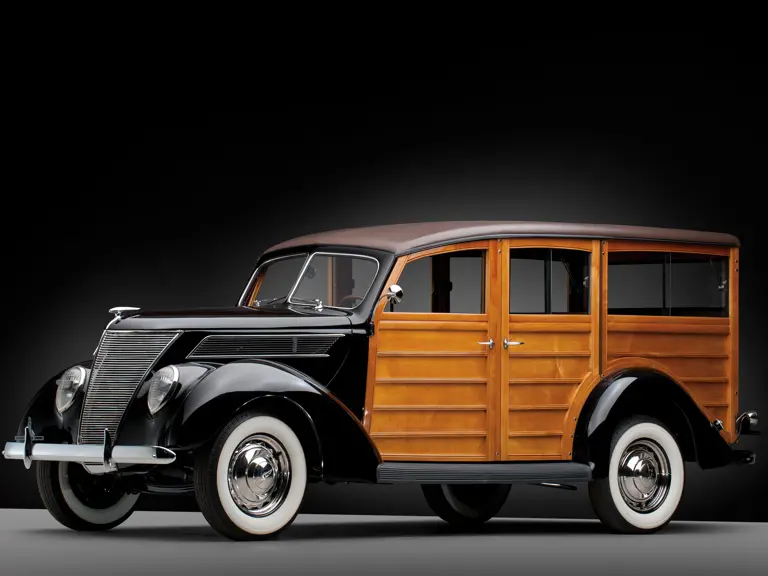

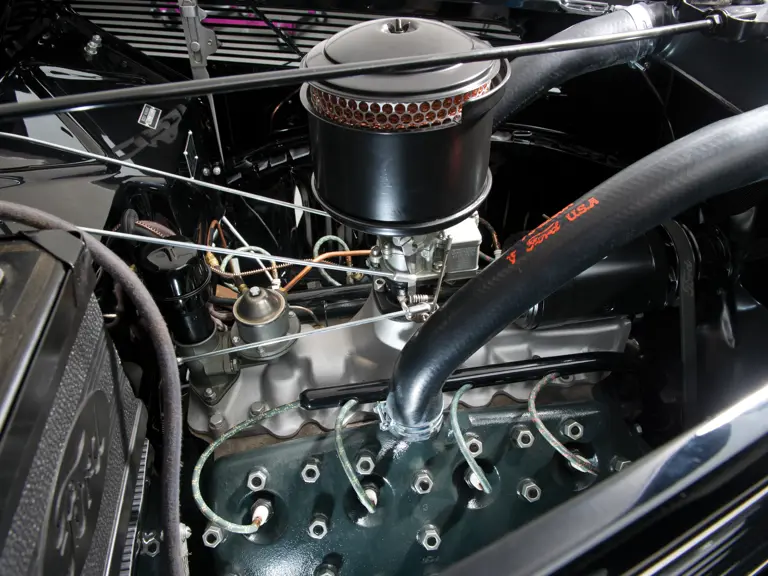
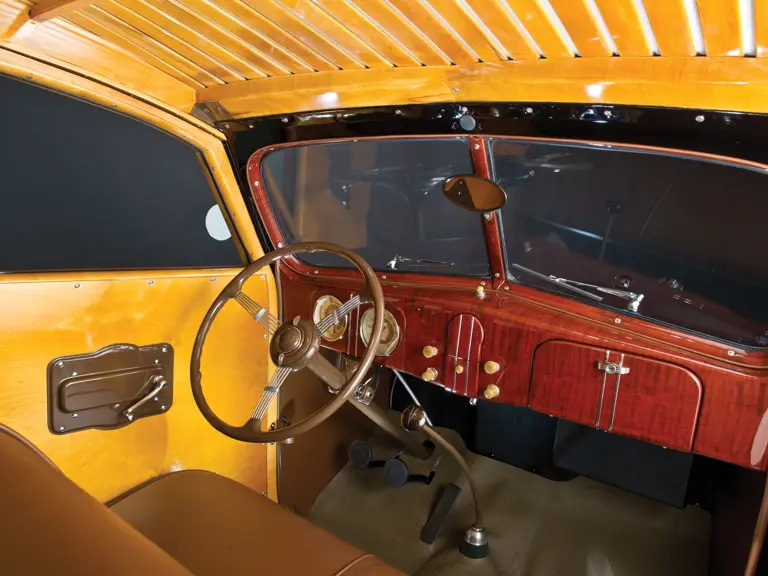
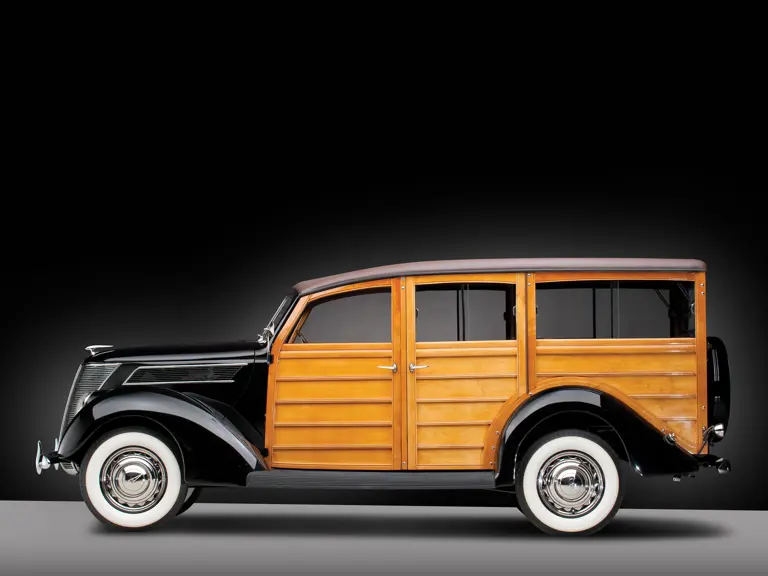
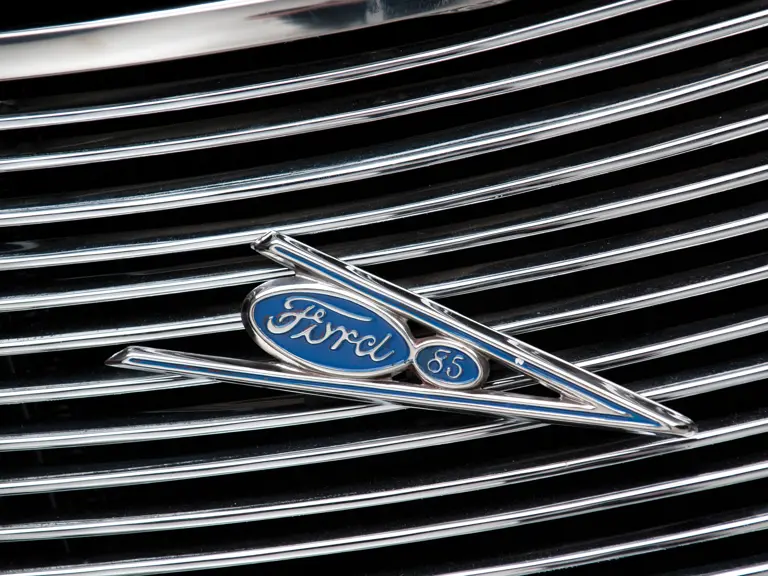
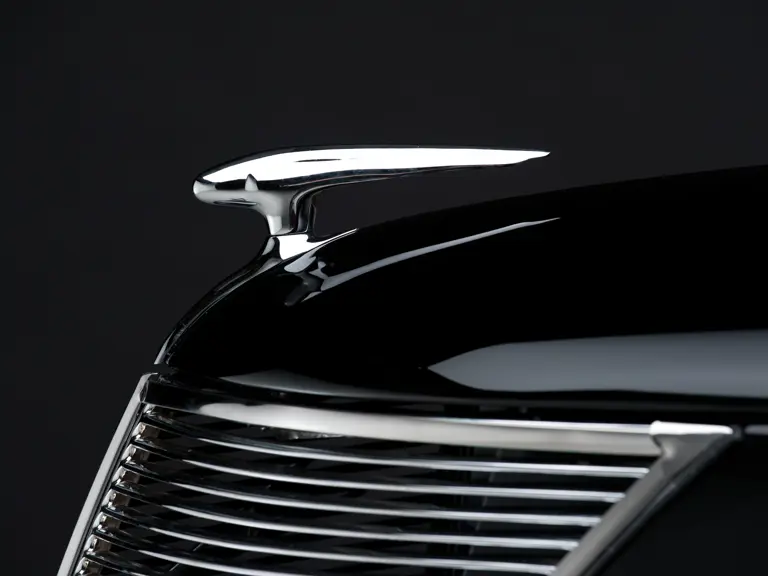
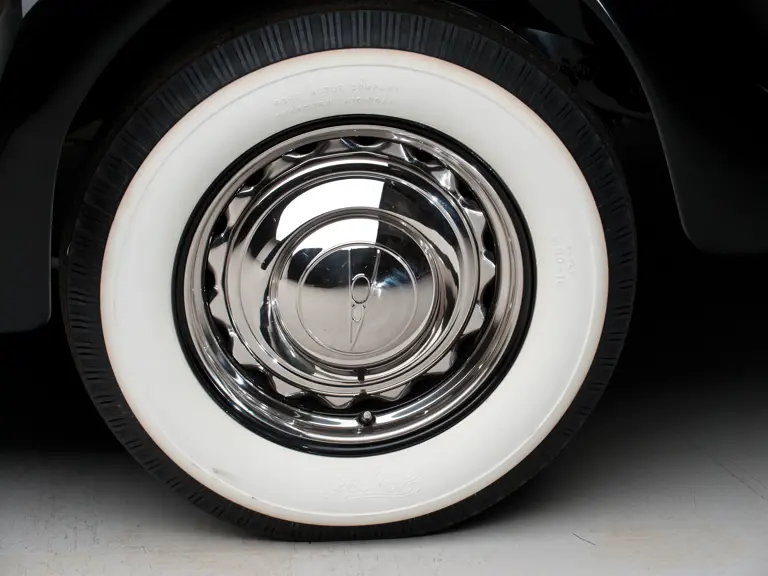
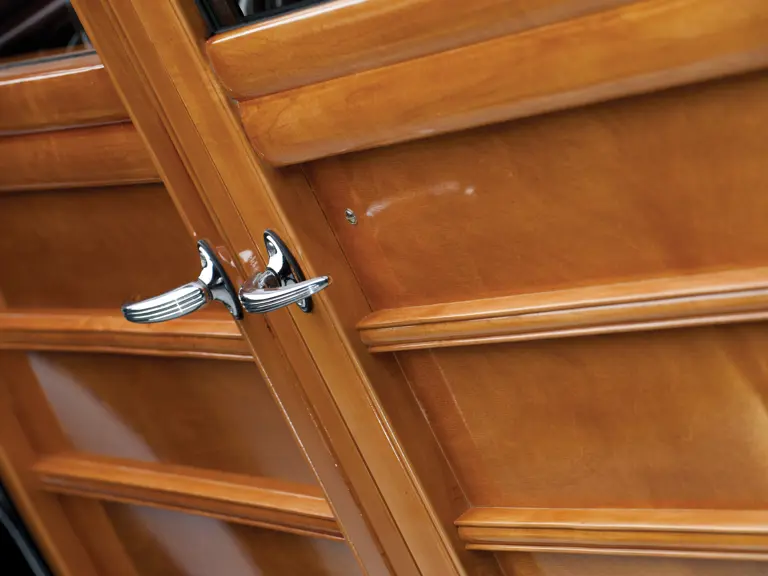
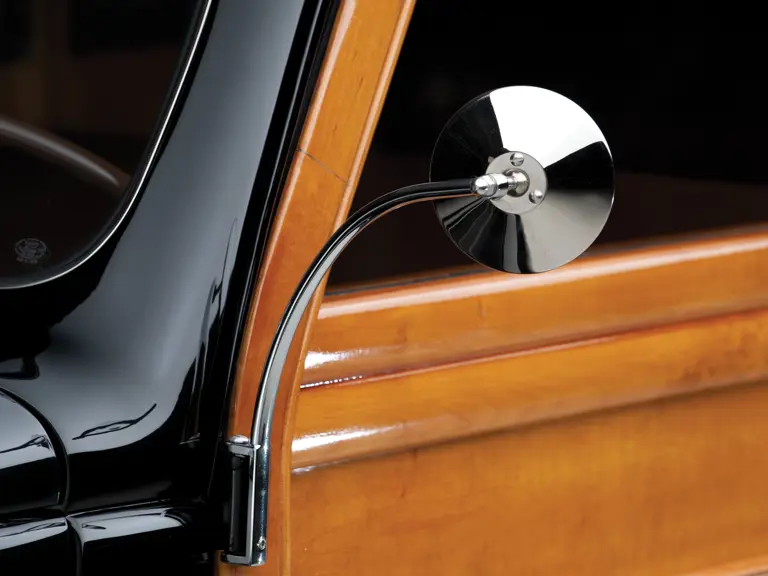
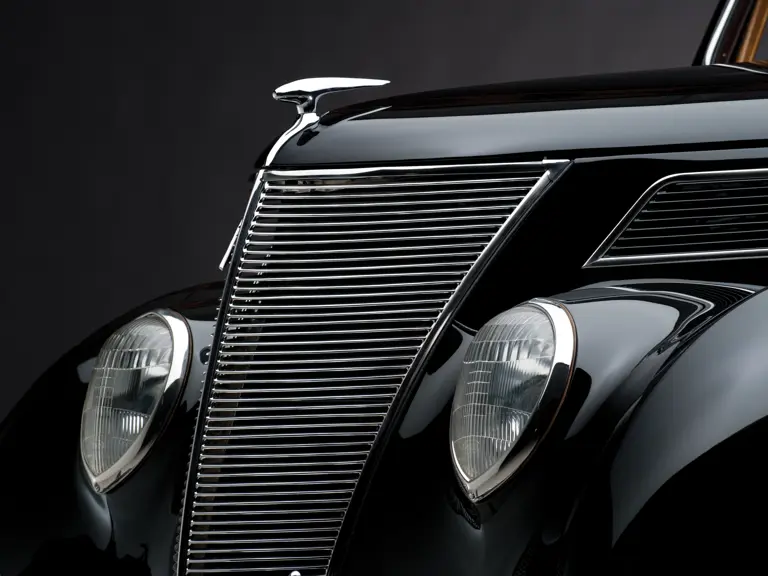
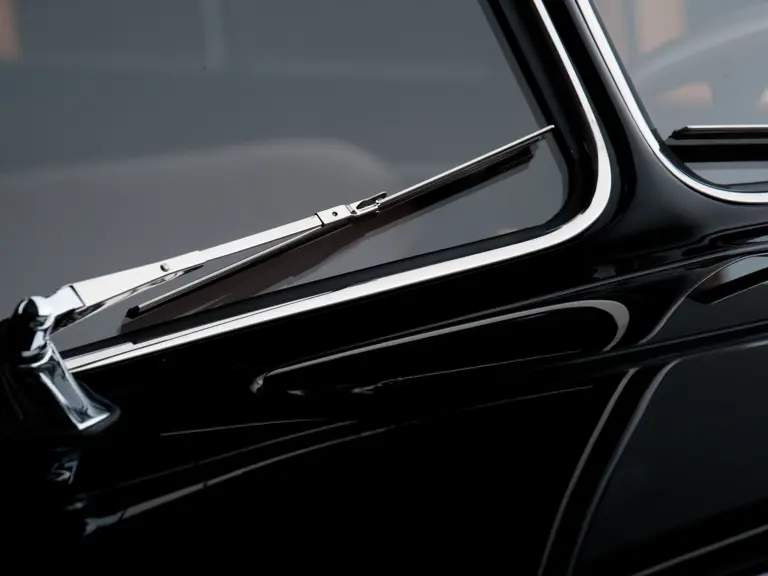
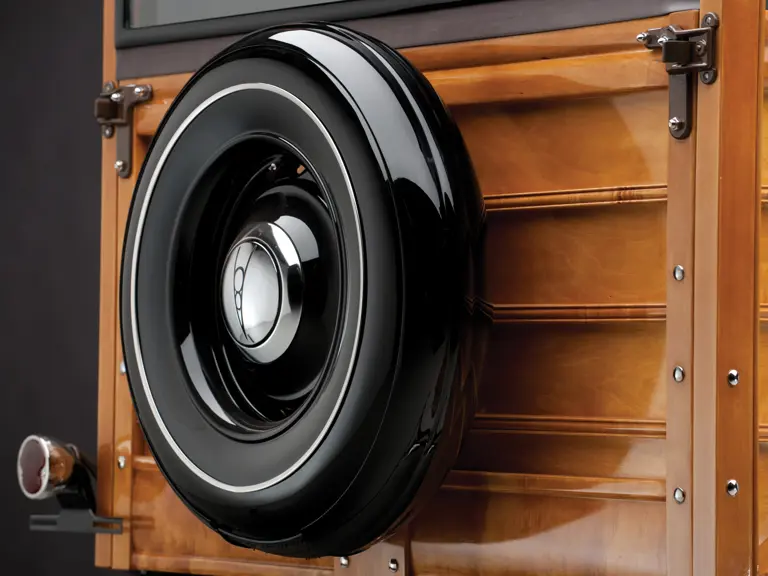

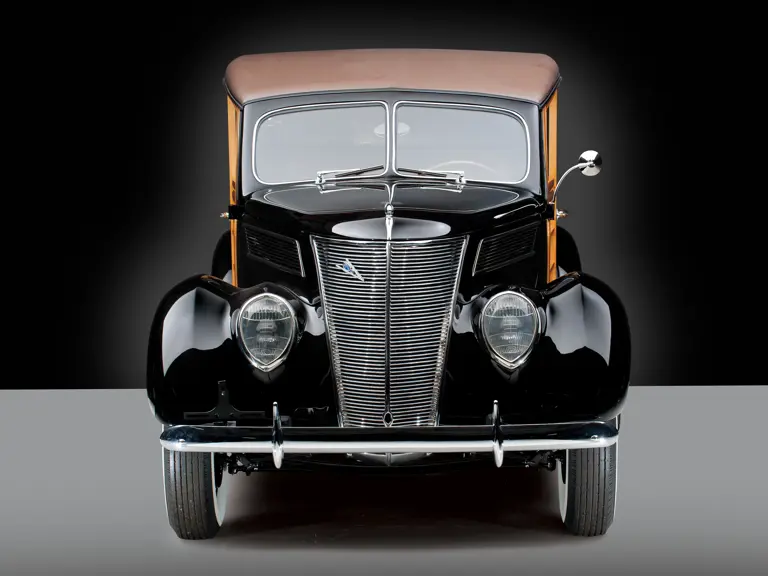
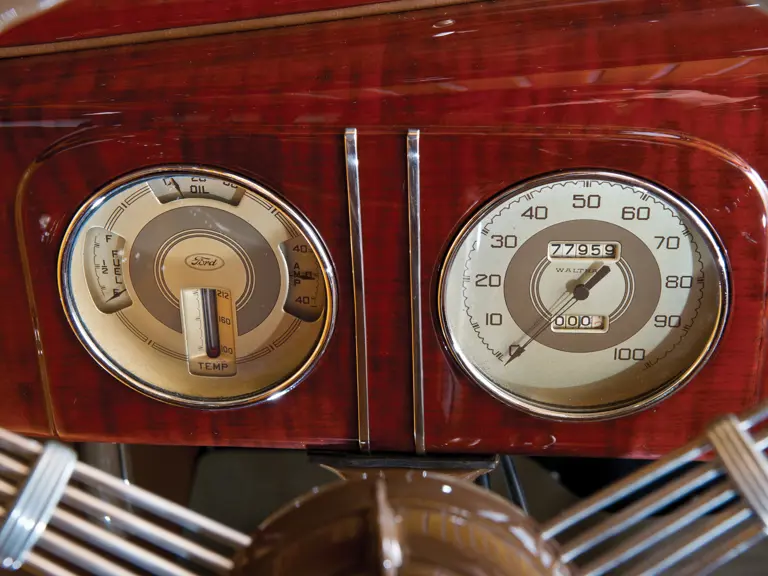
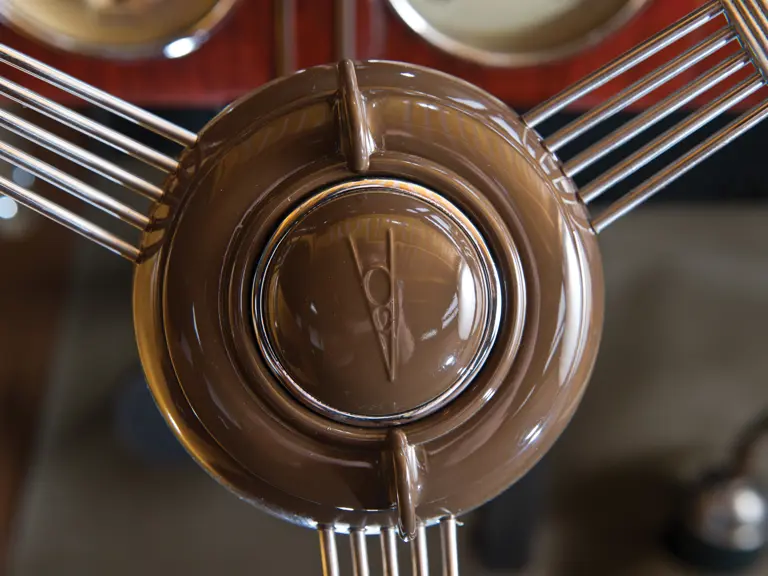
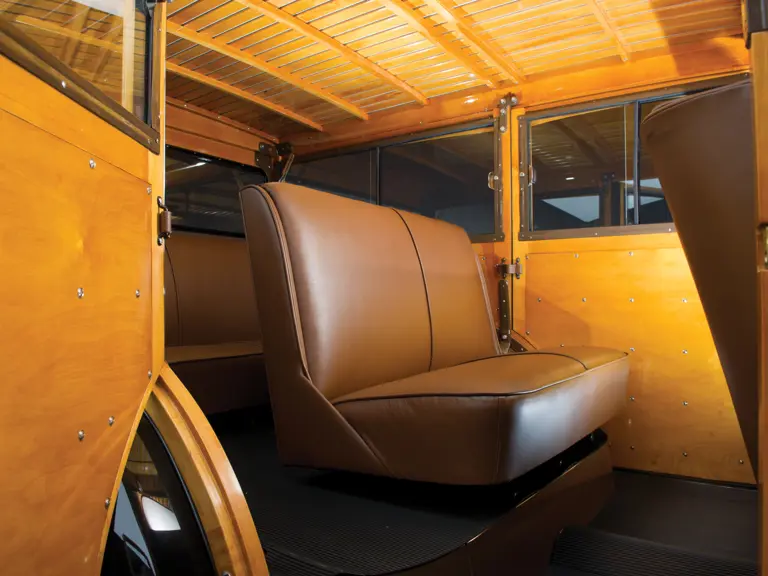
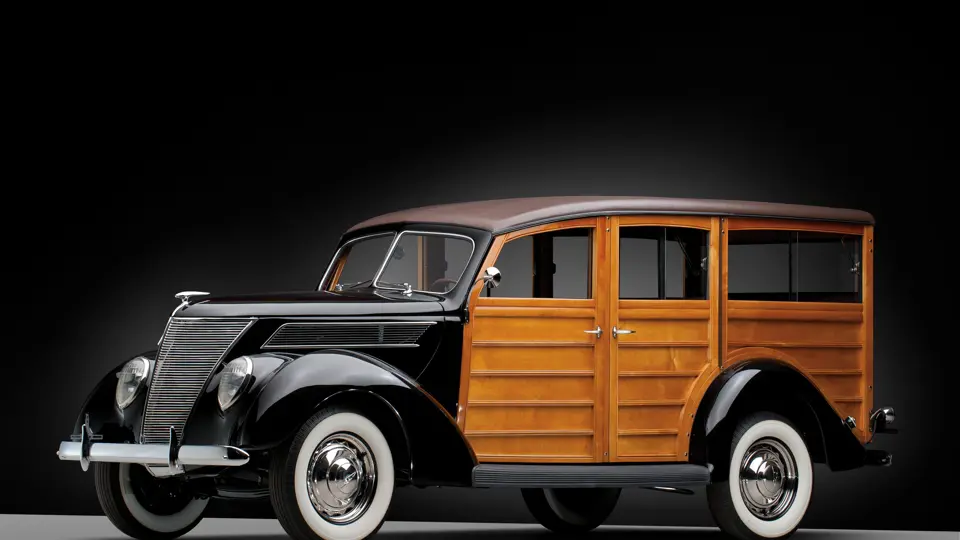
 | Hampton, New Hampshire
| Hampton, New Hampshire
